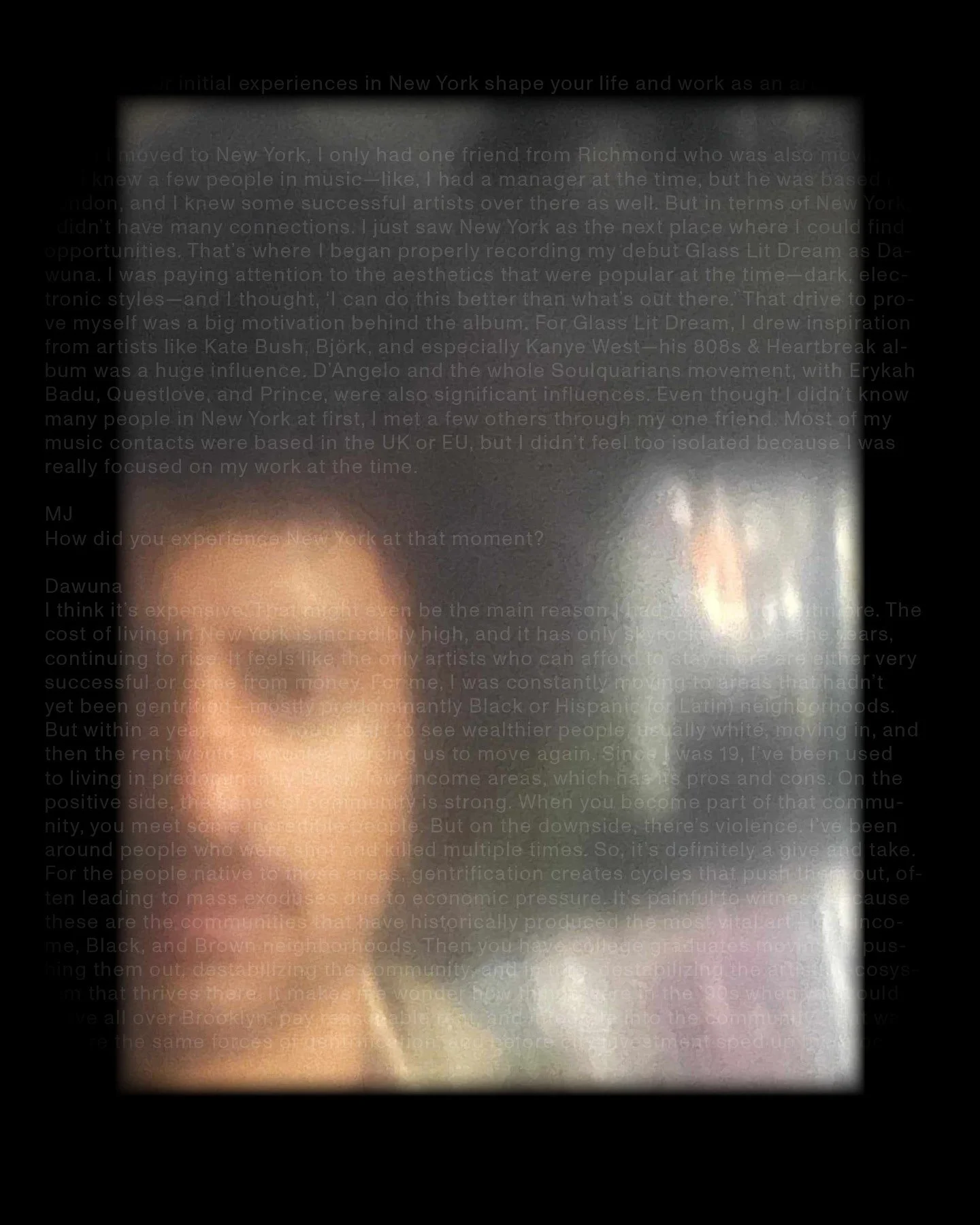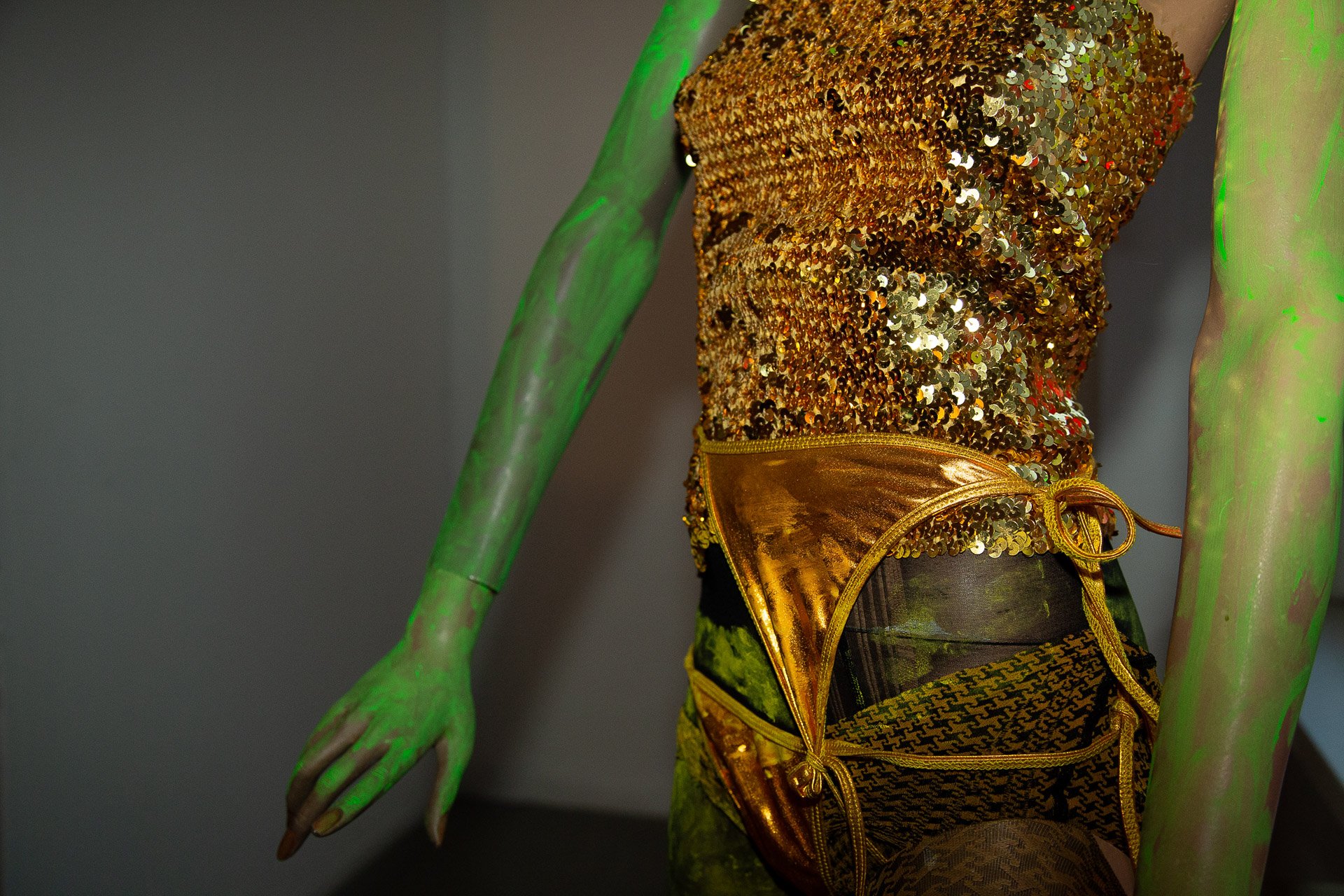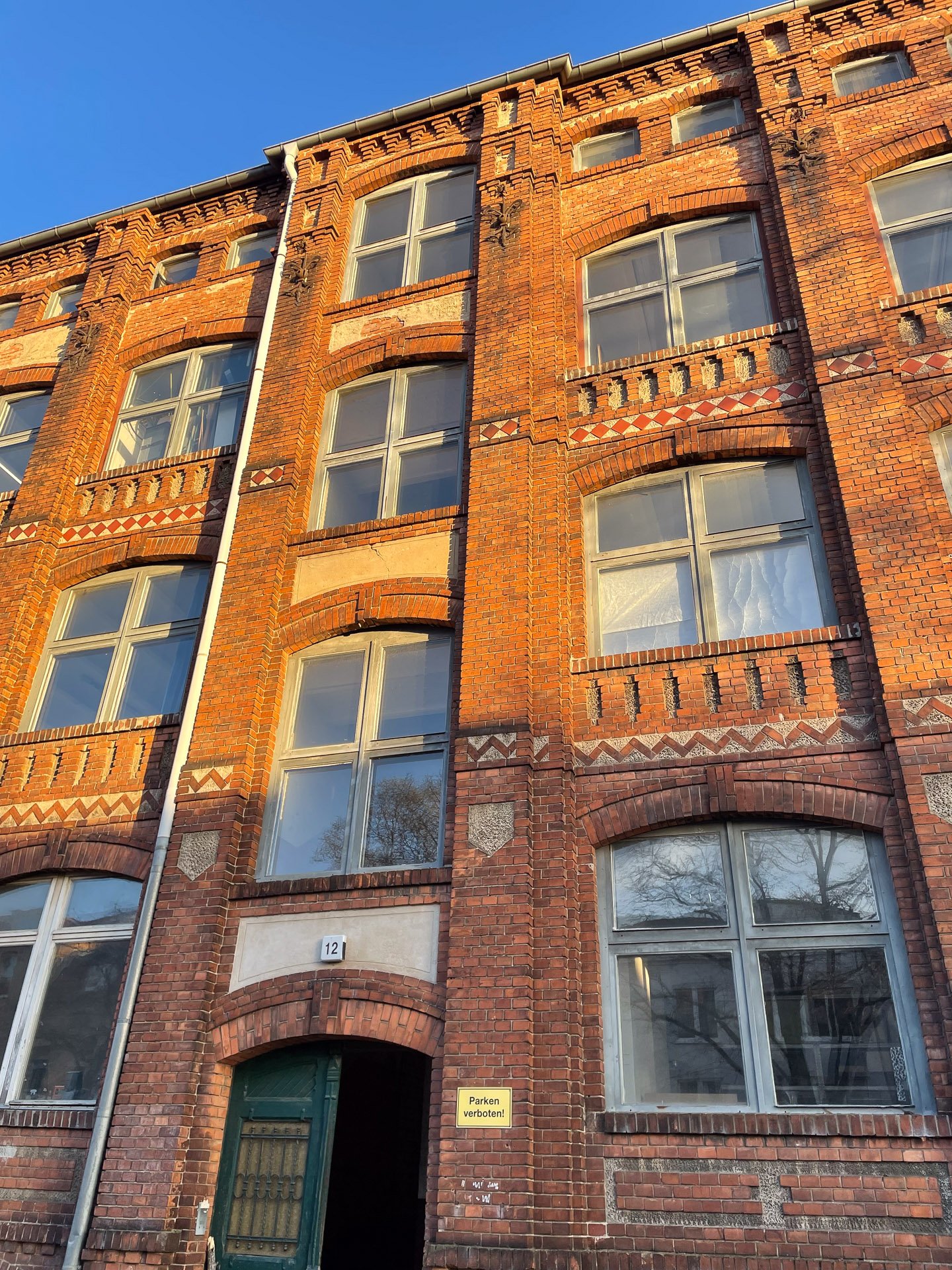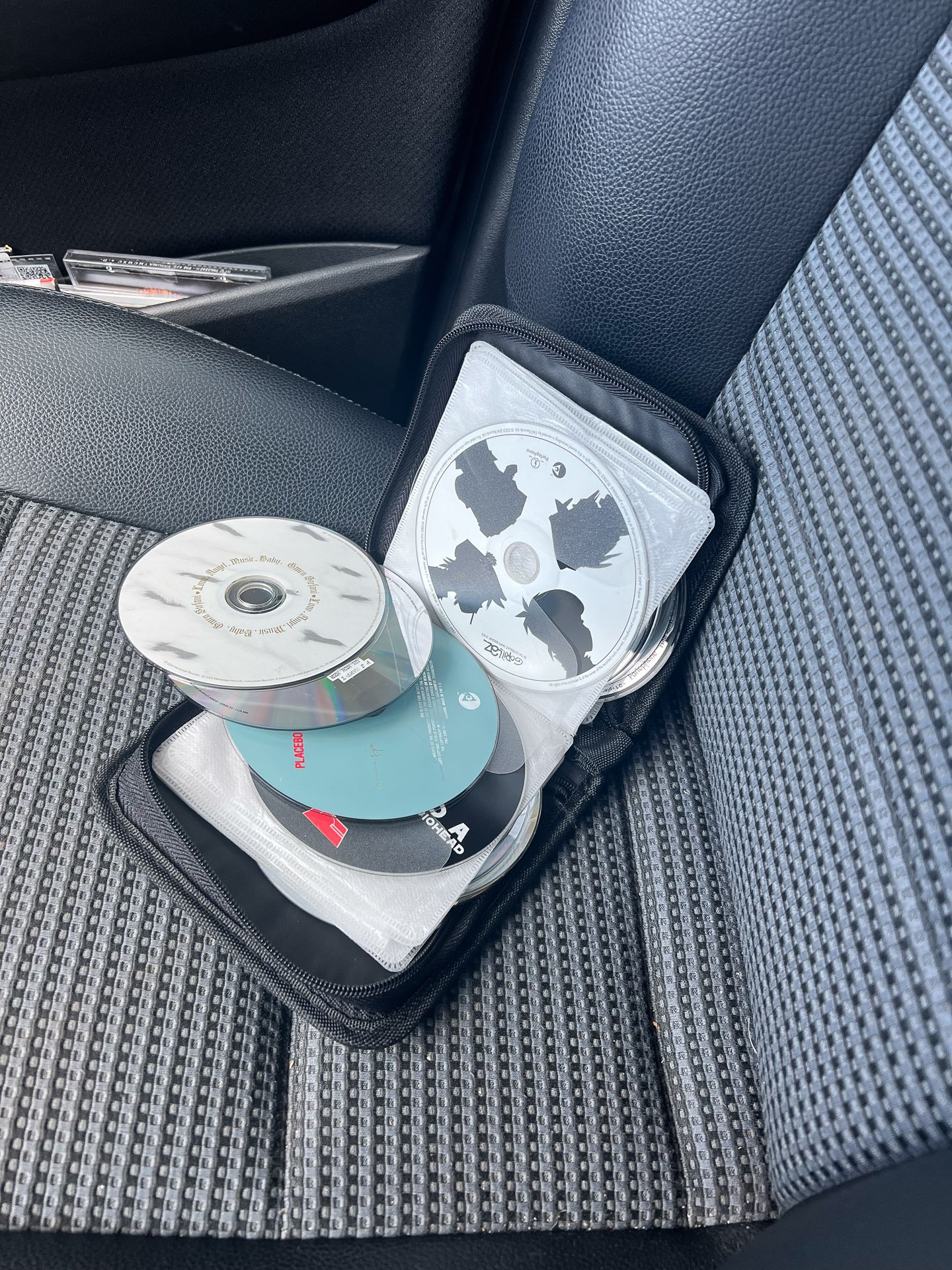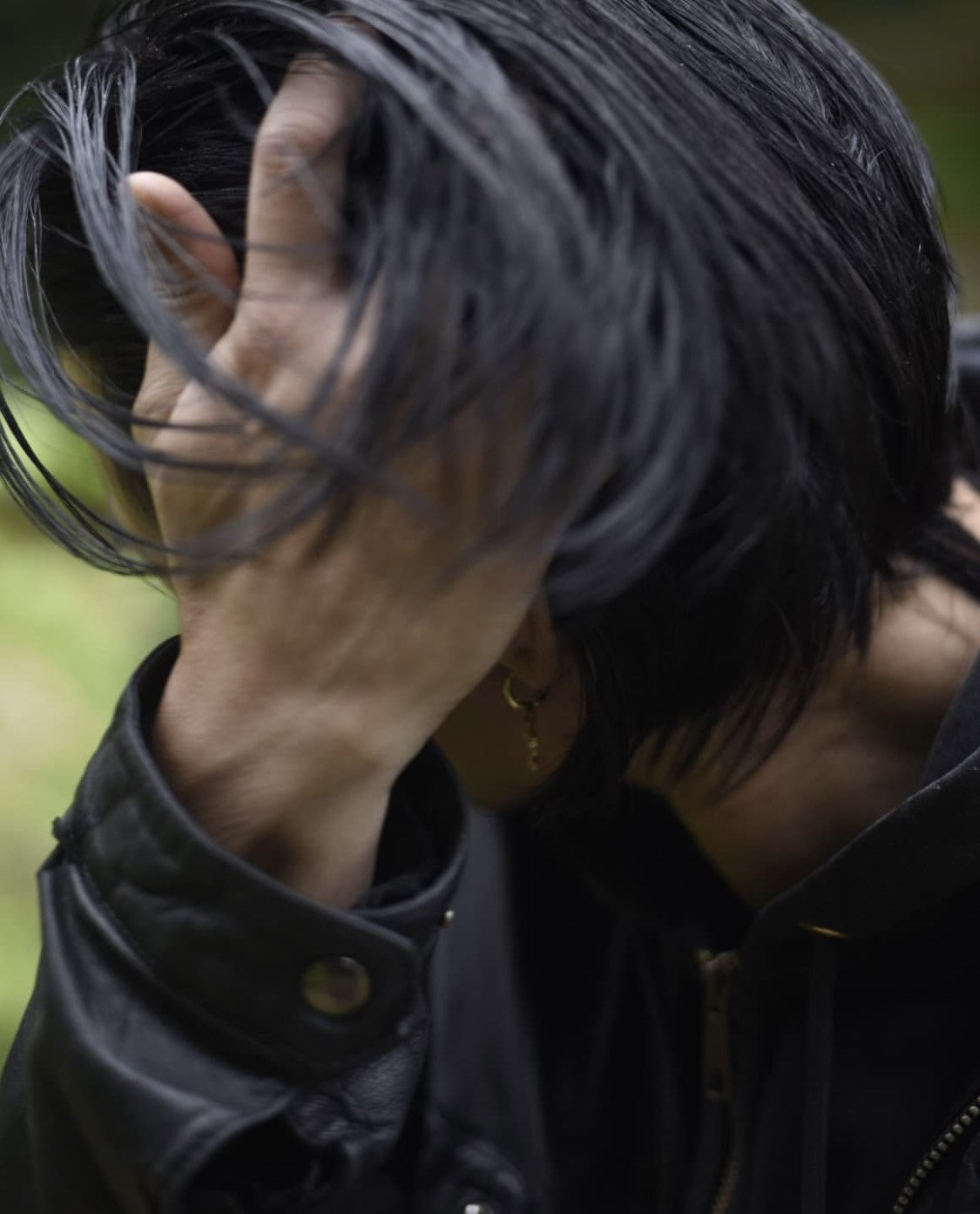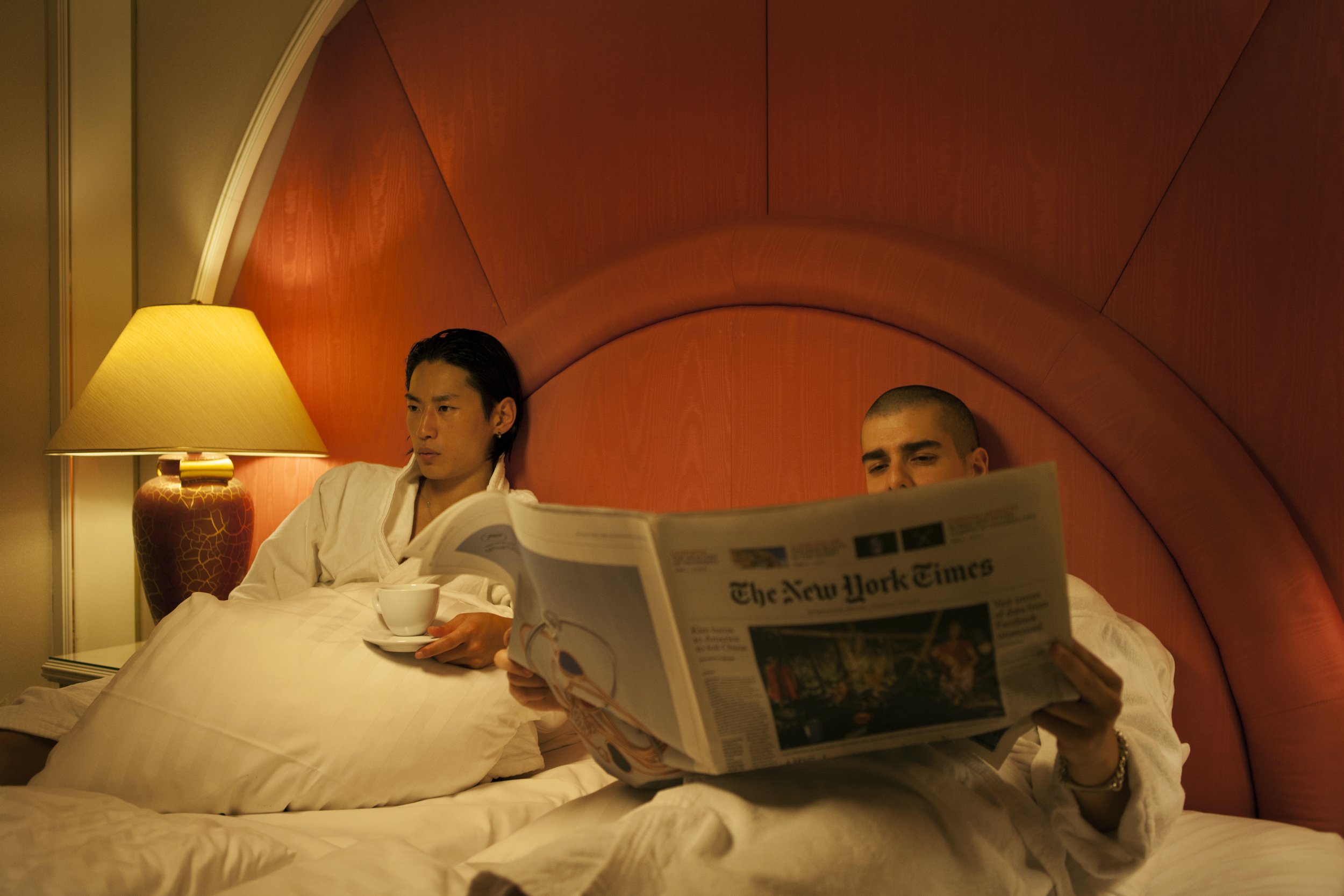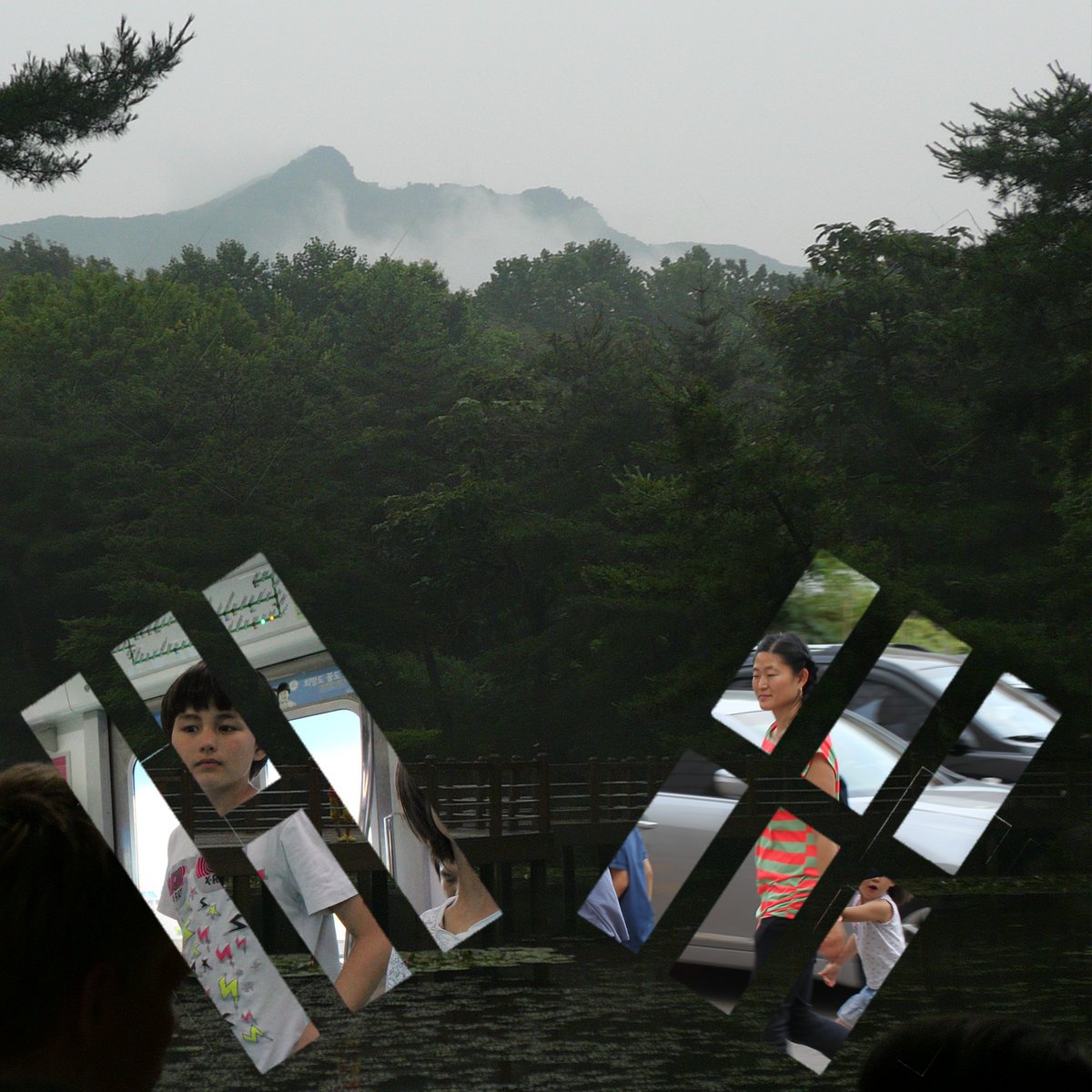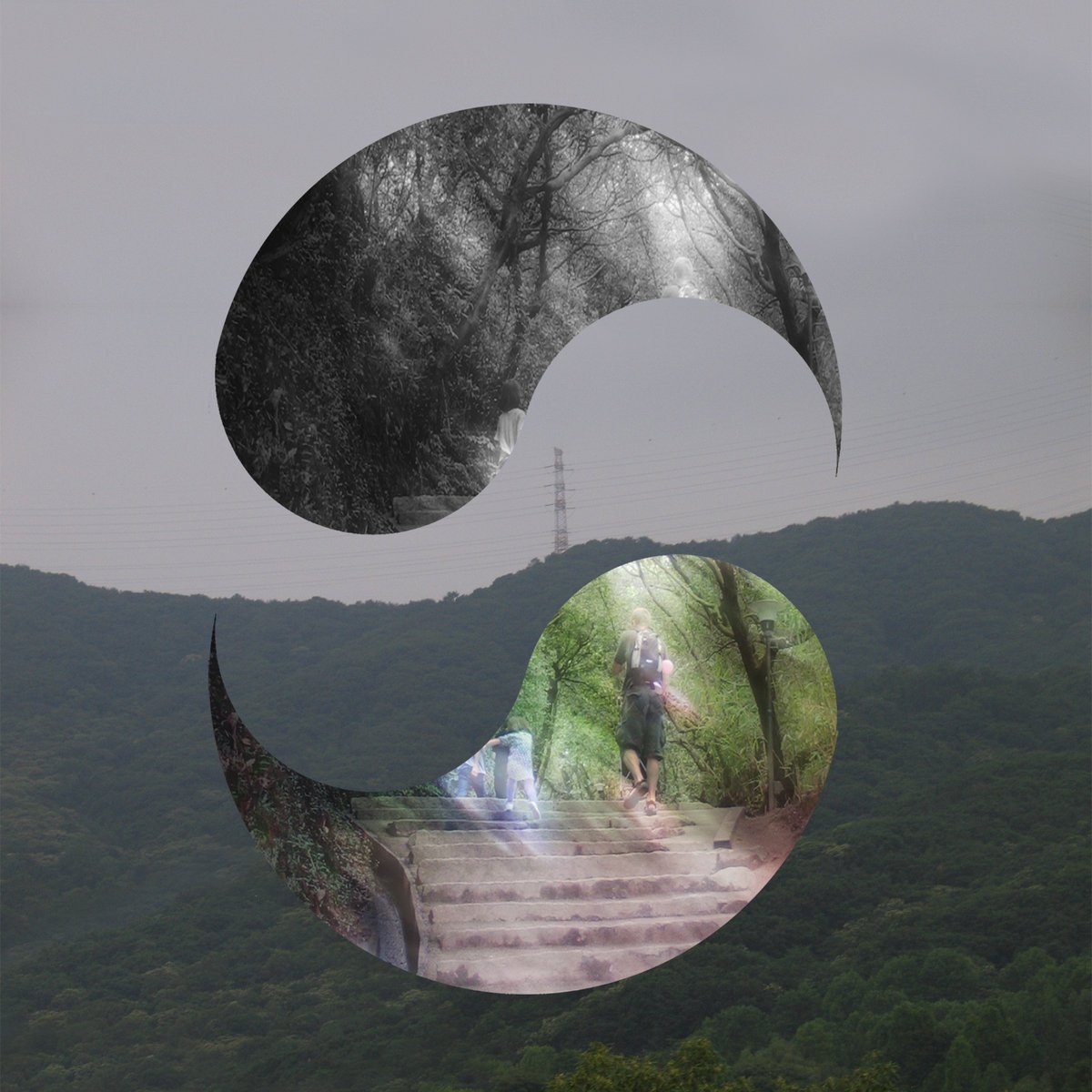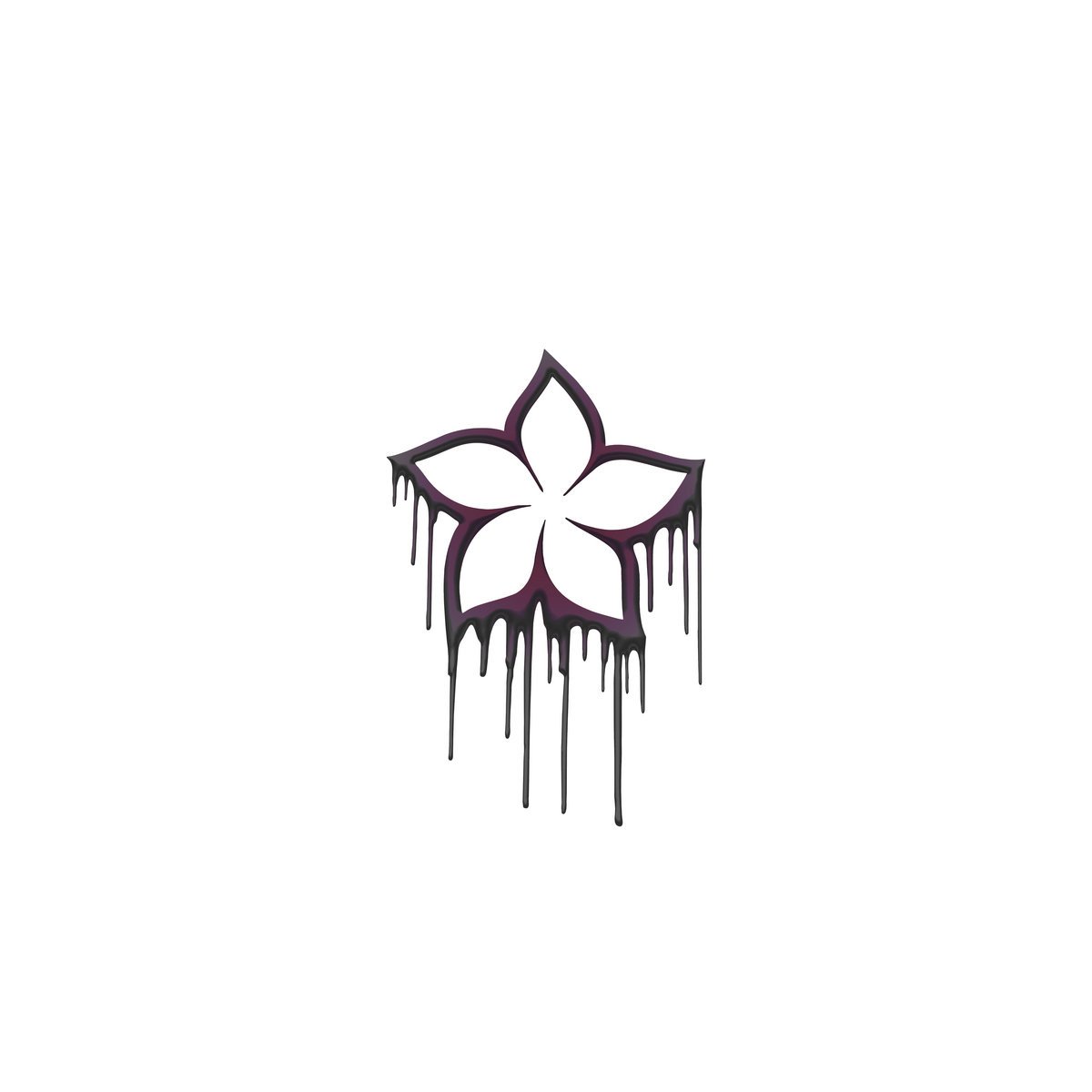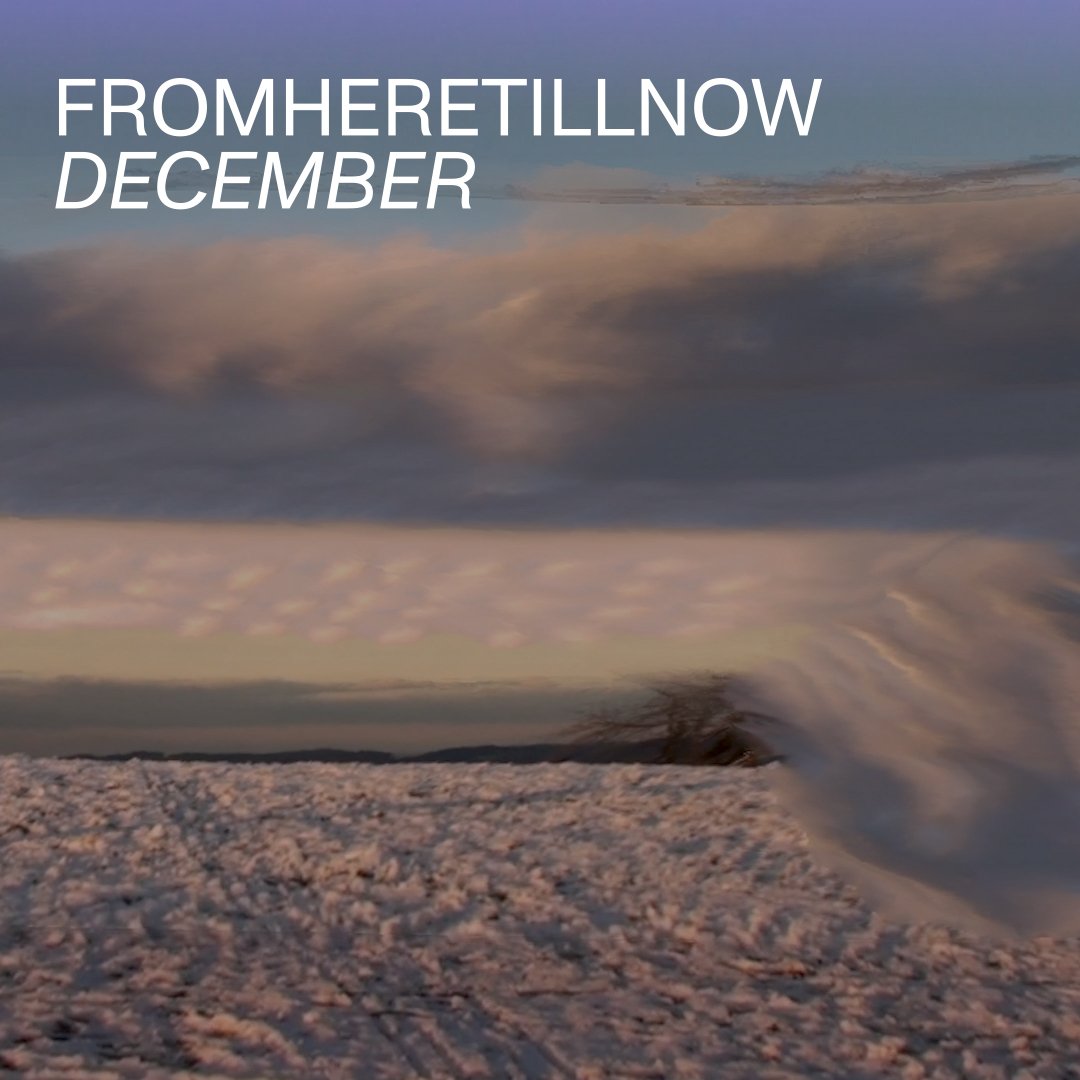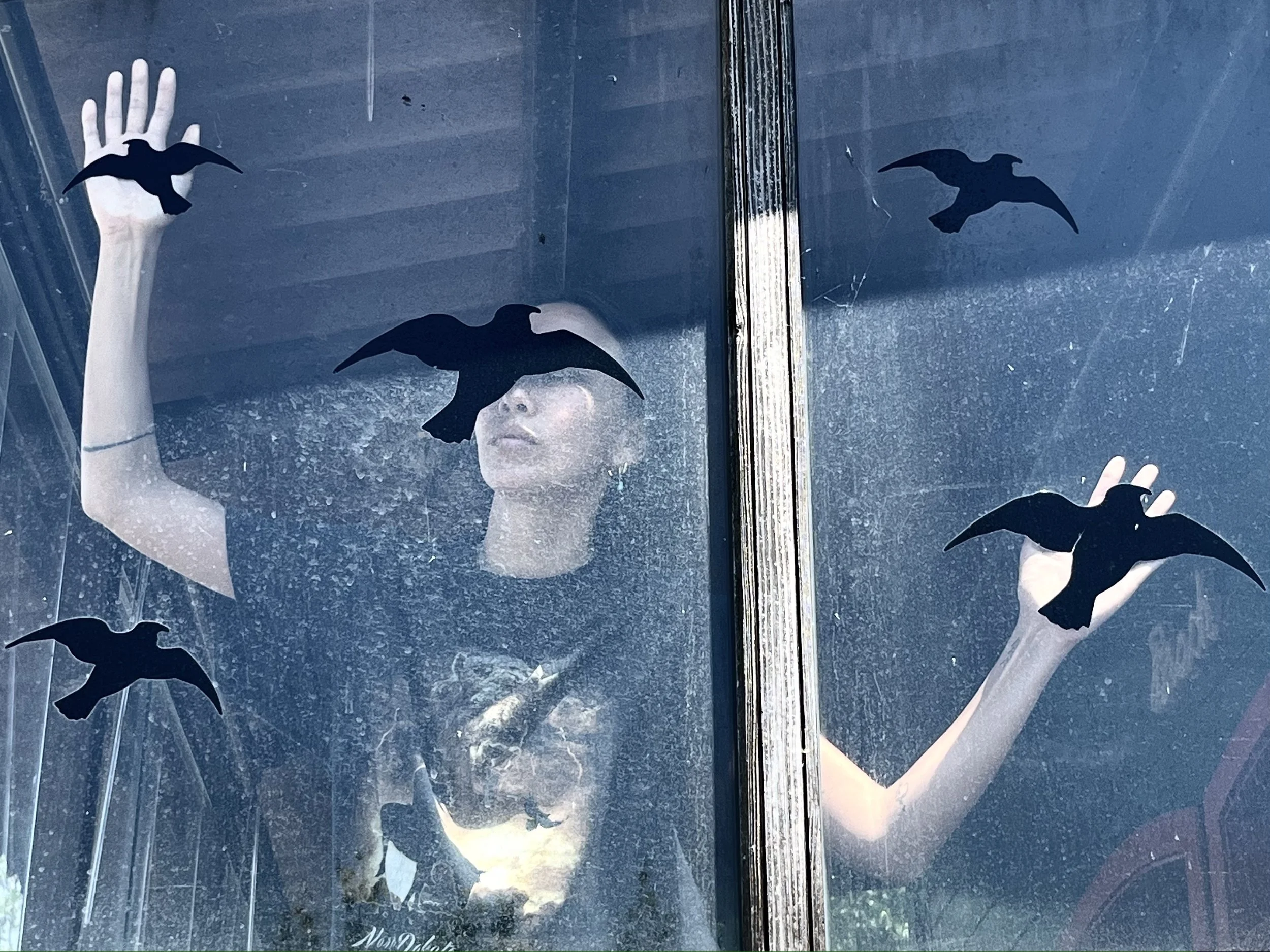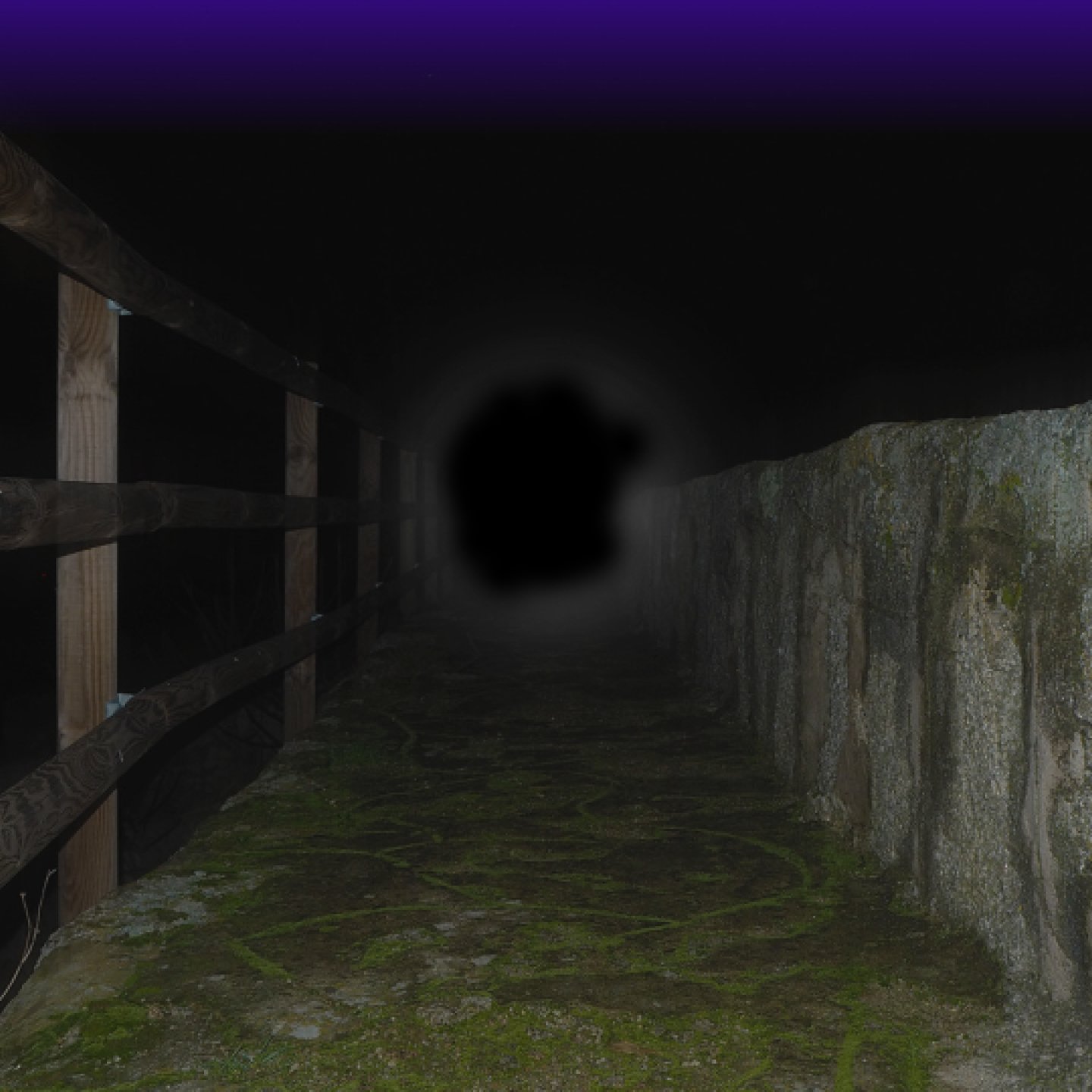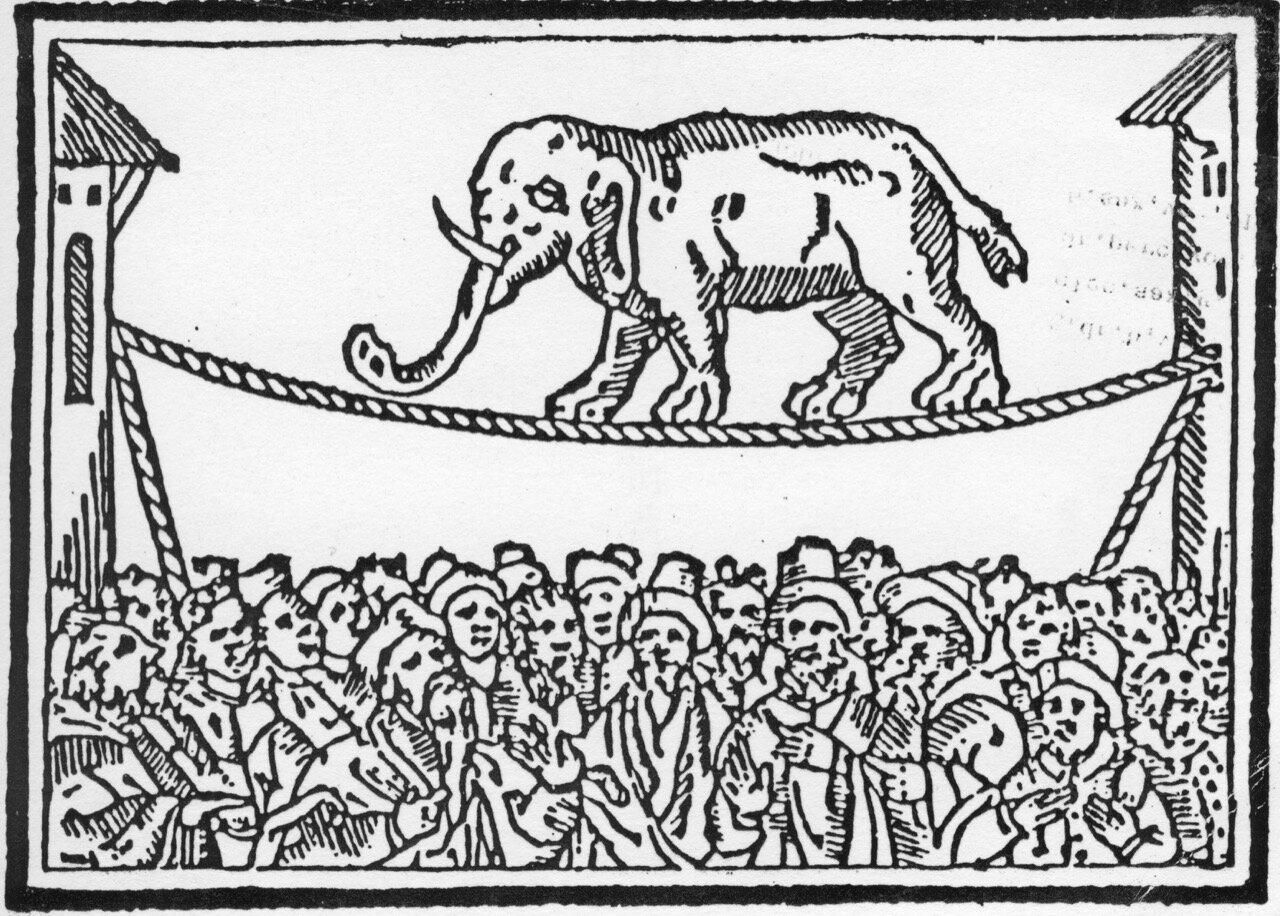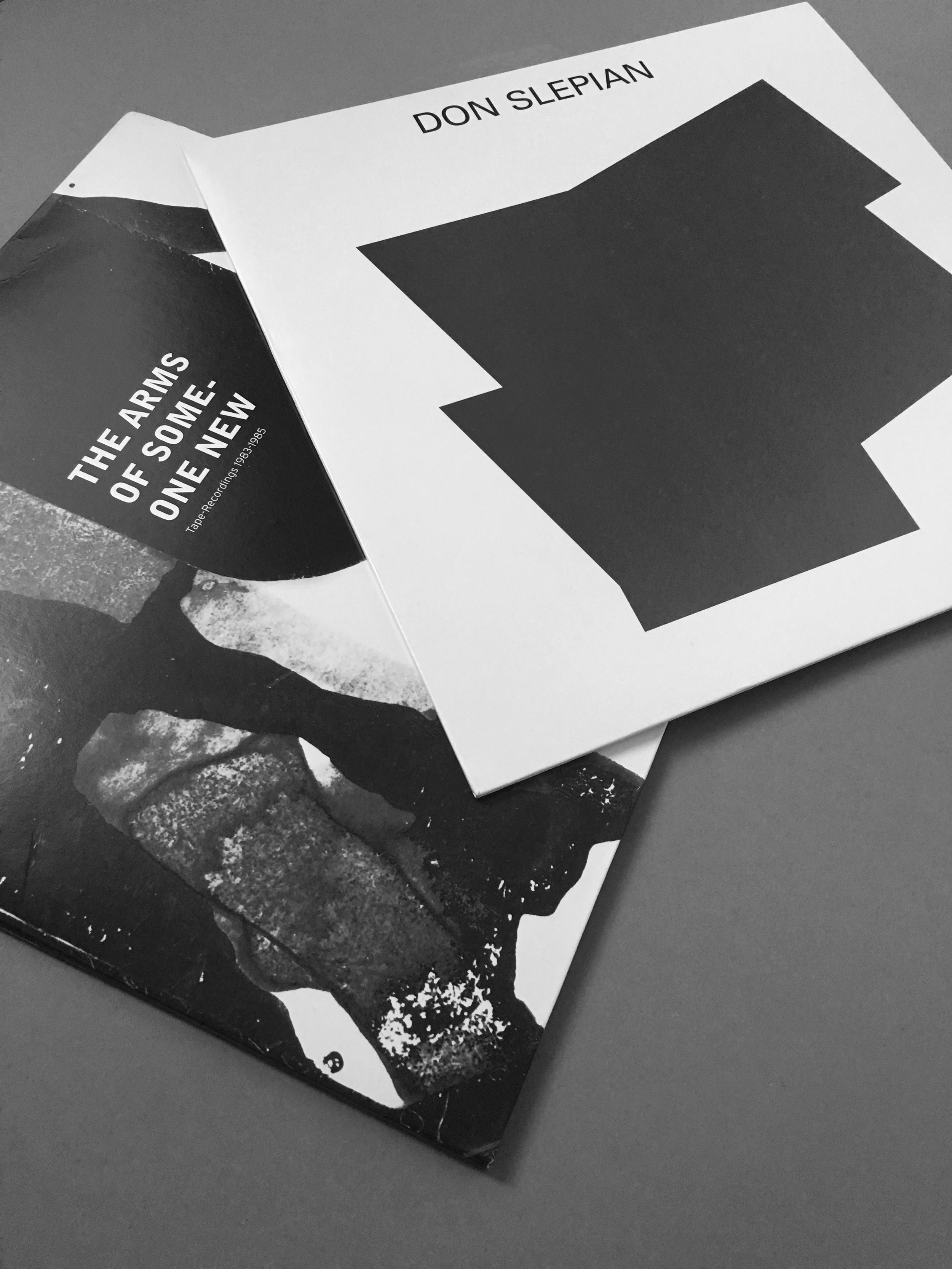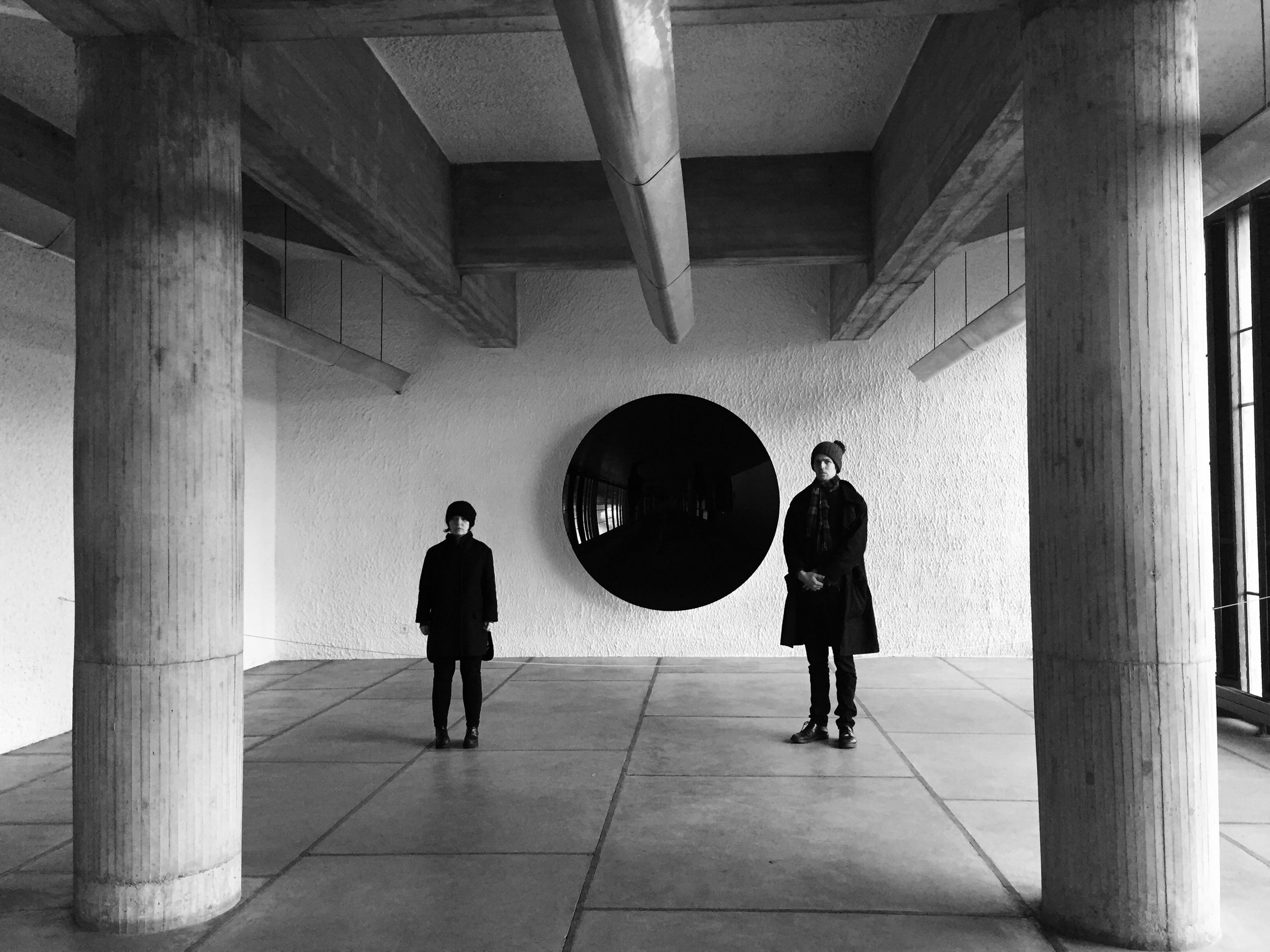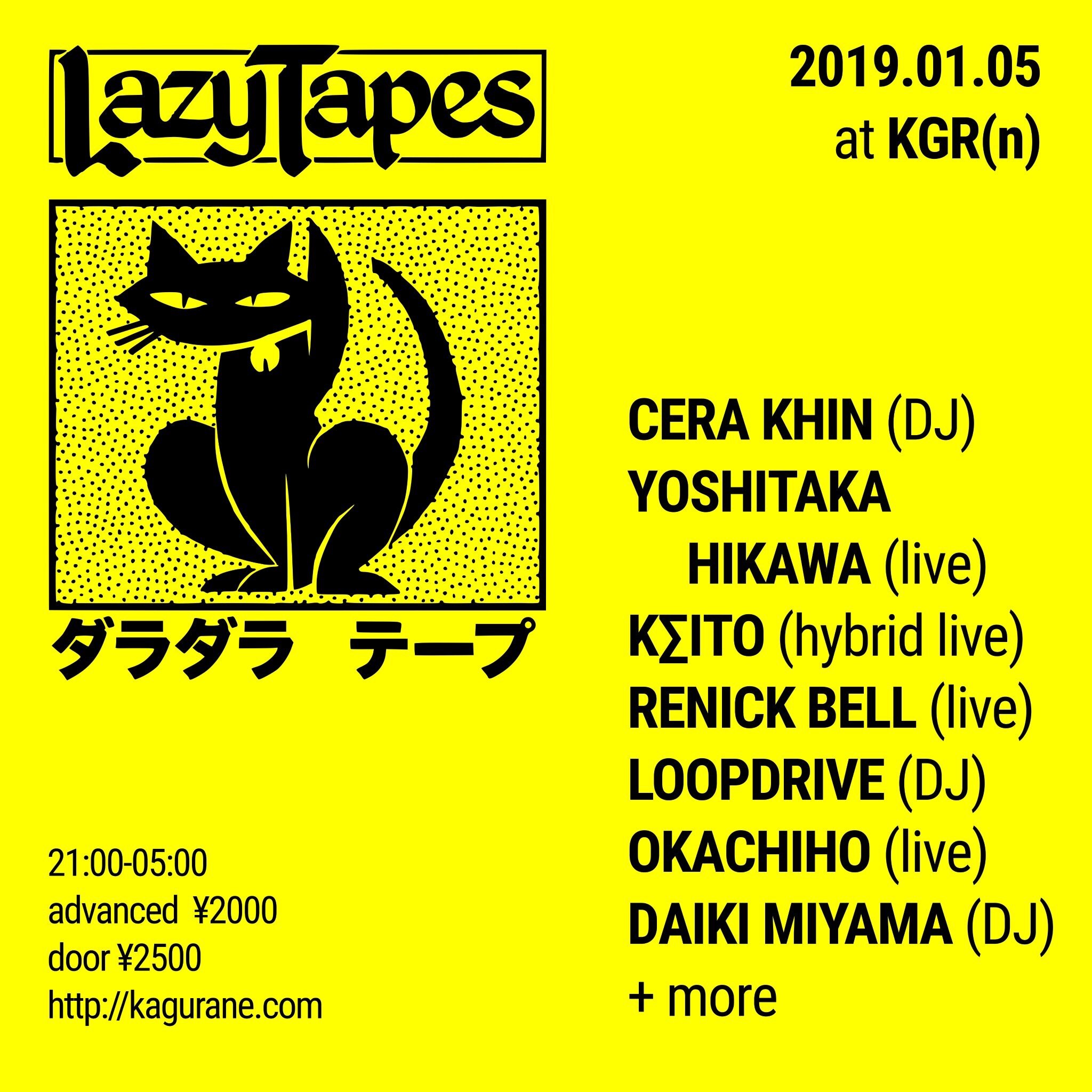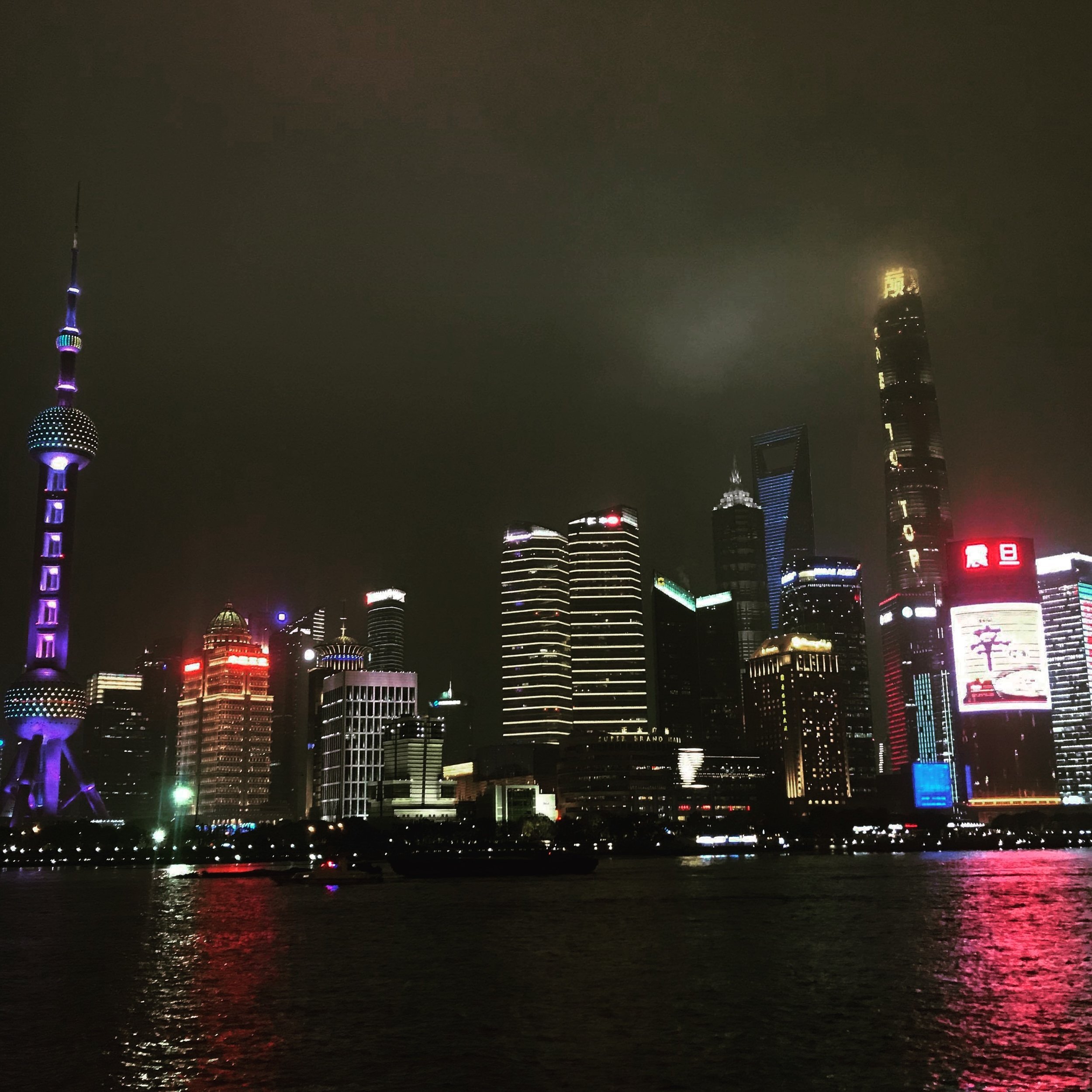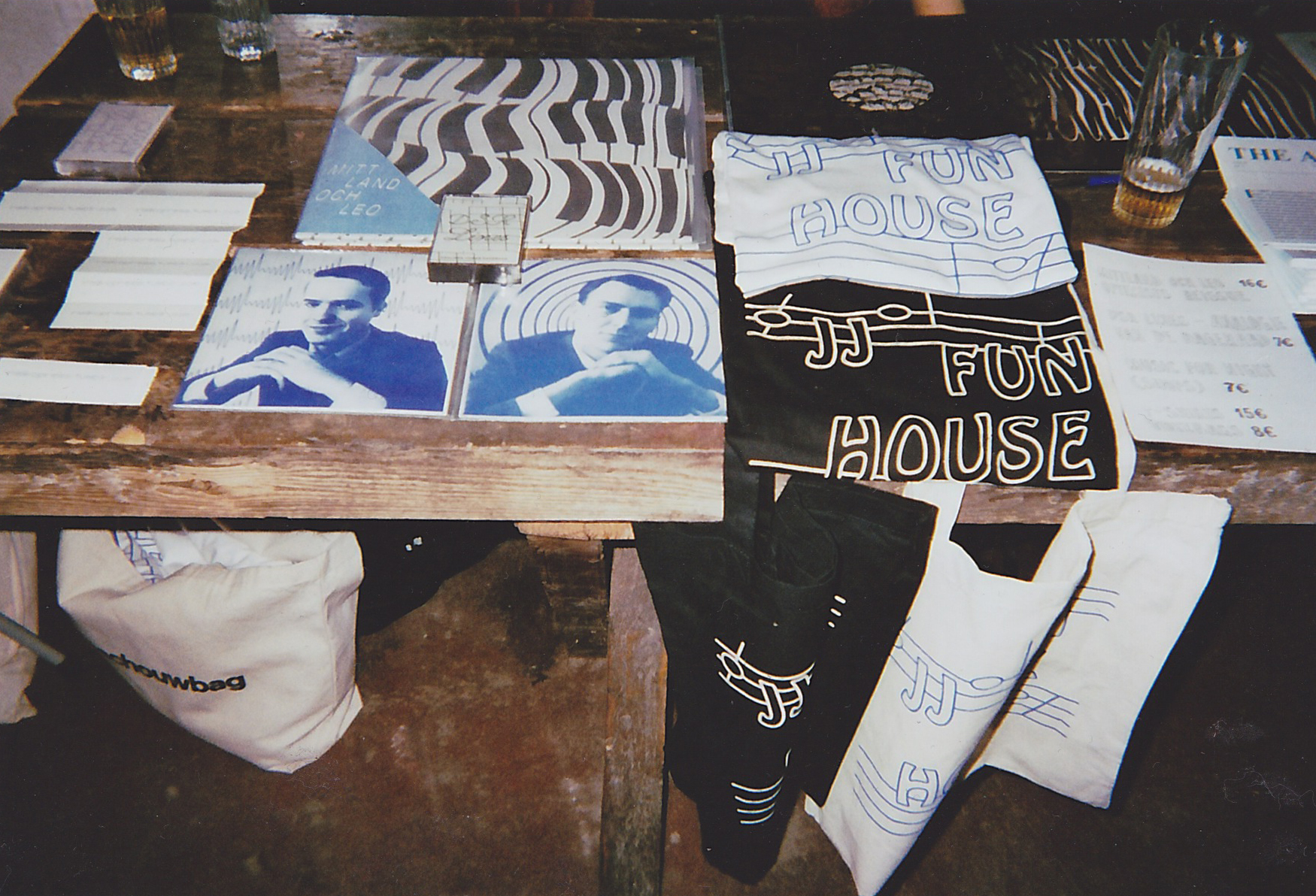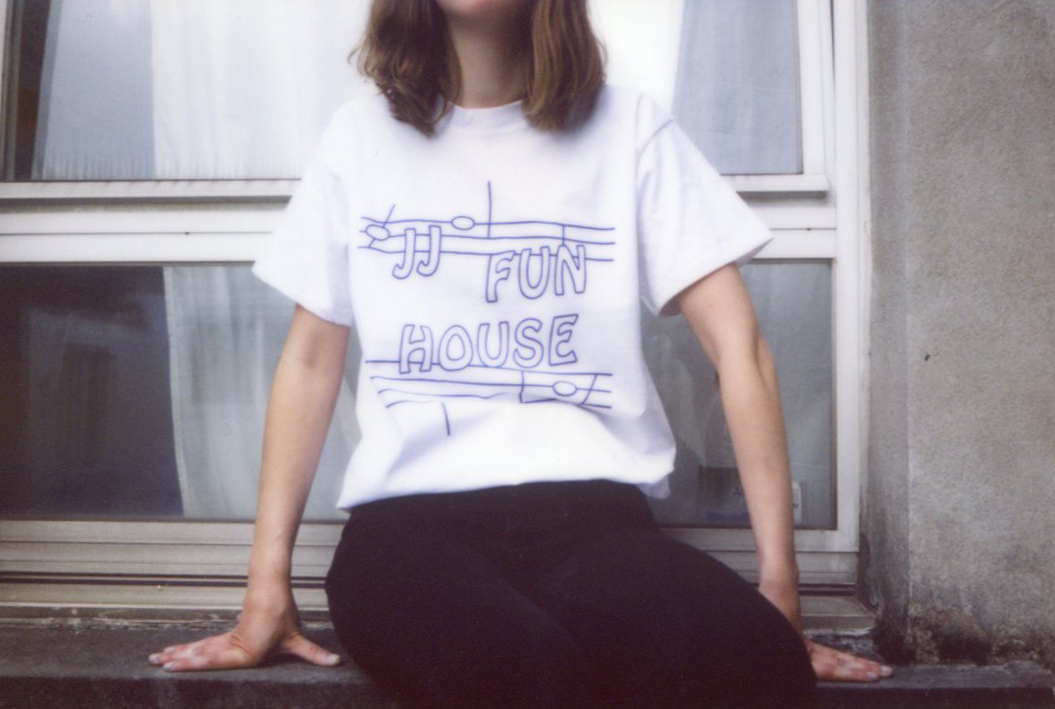Images: Ian Mugerwa
Interview: Marc Jauss
The idea for Blueprint 1:1 emerged during my search for an affordable apartment in Zurich in Spring 2023. —a city where the housing crisis is starkly reflected in a vacancy rate of just 0.07%. This series seeks to explore how urban transformation affects the lives and practices of artists and musicians.
Back in summer '24, I spoke with Ian Mugerwa, better known as Dawuna, an American musician based in Baltimore. Ever since I first heard his enchanting album Glass Lit Dream, I’ve been intrigued by his ability to fuse various musical influences into a cohesive sound and, within the context of this series, his approach to navigating life as an artist. Scrolling through his Instagram, I discovered his raw and intimate live stories, where he shares demo tracks of new songs out of his living room with the audience. In these moments, Dawuna is surrounded with retro cassette recorders, looping pedals, and a vibrant decorative tapestry with intricate patterns, floral designs, and animal figures in the background. A very intimate way of sharing new material I thought – so why not start the interview series with him?
What led him to trade the fast-paced energy of New York for the distinctive character of Baltimore, affectionately known as “Charm City”? What skills are needed to produce an album with no financial resources? And how does literature deepen his understanding of social and cultural dynamics? Discover his perspective in this opening chapter.
Marc Jauss
Where are you right now?
Dawuna
I’m currently living in Baltimore. I moved here about a year ago due to some health issues, and shortly after, I was involved in a car accident that resulted in a brain injury. It’s been a pretty hectic year.
MJ
Very sorry to hear that Ian. How do you feel right now?
Dawuna
I’m well, thank you.
MJ
How is life in Baltimore so far?
Dawuna
Well, I’ve been healthy for a little over a month now. I went from being basically bedridden to being able to function, meet people, and really start to understand the community. Baltimore is a very strange place socioeconomically. It’s like a checkerboard of intensely gentrified neighborhoods right next to deeply blighted, violent, and impoverished ones. The police play a major role in maintaining that checkerboard, and they are very corrupt. The systems of infrastructure and maintenance here are largely non-functional. I remember driving through the west side with my dad at one point, and he was shocked. He said, ‘I’ve never seen poverty like this, not even in Africa.’ And my dad is from rural Uganda and has traveled all over the world. I understood what he meant. The conditions here are almost like they’re stuck in the Reagan-era and his War on Drugs, with crack epidemic-like conditions that never left huge swaths of the city. Recently, I’ve been trying to get more involved with socialist activism, seeing how I can contribute to the community and help where I can. At the same time, I’m also just busy trying to get my life back on track after all the health problems. It’s a balancing act, but I’m doing my best. There’s no other city like Baltimore that I’ve ever been to. It’s deeply troubled, but unique.
MJ
Why did you choose Baltimore?
Dawuna
Because my brother lived here, I decided to move in with him. He basically took care of me while I was sick. So, it was more about getting the essentials in order first—focusing on my health and recovery.
MJ
Are there any important community spaces in Baltimore that you’ve experienced?
Dawuna
I’m sure those spaces exist, but I’ve been healthy for such a short time that I haven’t really had the chance to explore and discover them yet. Baltimore is a very class- and race-stratified city. The world of white people—like the students from Johns Hopkins, MICA, and other colleges here—is very separate from the poorer, predominantly Black neighborhoods. I’ve been straddling both worlds. With the socialist work I’ve been doing, I’m often around white students and professionals, and I’m usually the only Black person in the room. But at the same time, I’m starting to connect more with the Black community in Baltimore—finding people who can do my hair, for instance—and getting a better sense of the city. I’m trying to navigate these two worlds and find a middle ground, but they’re so separate that it’s difficult. Living in Richmond helped me and my brother understand how to move within communities and get involved. One thing I’ve been pushing for in the socialist groups I’m involved with is to bring in more low-income Black people. If you’re trying to help these communities, you need to know how to communicate with them. You can’t effectively share your message if you don’t understand the local dialect or the culture. So, the activism I’m doing is focused on going directly into the community. If we’re canvassing for issues, I want to be in the neighborhoods, actually working with people. Otherwise, it just feels like we’re having a reading group for Lenin, Mao, or whoever, without making any real impact.
“If you’re trying to help these communities, you need to know how to communicate with them.”
MJ
Do you believe that direct activism is an effective way to address and solve structural problems?
Dawuna
Yes, definitely. Activism has to be rooted in the community you’re trying to uplift and must include that community in the process. That’s really the message I’m trying to convey to anyone working in activism, especially those who want to work with me. The philosophies they bring are important, but they need to go beyond just theoretical discussions. I mean, it’s great to read Marx, Lenin, and their philosophies—that’s fine. But it’s equally important to read Nkrumah, Kwame Ture, Huey Newton, Stokely Carmichael, and others who took those ideas and applied them to real-world issues like neo-colonialism, colonialism, intersectional liberation, and revolution. There needs to be a comprehensive approach that integrates everyone into the struggle, especially the most marginalized communities.
MJ
You seem to read a lot?
Dawuna
I’m getting back into it. I have a stack of books here that my brother gave me, and I need to brush up on them. I do enjoy reading, but I have really bad ADHD, so it can be inconsistent. But sometimes I’ll find a book that pulls me in completely. The last one I finished was The Autobiography of Huey Newton, which was incredible. I got through that pretty fast. Now, I’m focusing on reading the key thinkers and integrating what I’ve learned in real-life experiences with more academic ideas. But I’m also really busy with my music. I wasn’t able to record for almost a year, so I’m catching up on all the work I missed. That said, those books and whatever activism I do will always inform my music and my work in general. That’s why it’s so important to me.
MJ
Can you tell me a bit about where you grew up and how you first got into music?
Dawuna
I grew up in Northern Virginia, which is a very affluent suburb of DC. However, my family experienced a certain degree of financial instability growing up, so we weren’t the wealthiest family in the neighborhood. There were even arguments about things like school lunches, so I had a somewhat mixed upbringing in that sense. When I was 19, out of necessity, I moved to Richmond, Virginia, which was a very different place—lots of Black people, lots of working-class people. It was refreshing and a stark contrast to my upbringing, where I was surrounded mostly by white people and had to deal with a lot of racism. Moving to Richmond, I was suddenly in a predominantly Black community, and for the first time, people were calling me handsome instead of making fun of my features. It was a huge shift. I was also surrounded by music and culture for the first time, and that’s where I started recording my first album under a different project name, Ot to not to. I was signed by Nicholas Jaar pretty quickly, and they released my first record. Unfortunately, it was a strange record deal, as the people involved weren’t exactly respectful.
MJ
Didn’t know that. When was it though?
Dawuna
Oh, that would have been like 2016.
Dawuna
I was going back and forth between Richmond and New York, where my family had moved. I stayed in Richmond for a couple of years and got involved in activism with my brother. We moved into one of the most violent neighborhoods in deep south side of Richmond and tried to do food justice activism with varying levels of success. After that, I moved to New York and spent about three to five years there. That’s when I changed my project name to my middle name, Dawuna, and I guess that’s where my career started to gain momentum. I had more opportunities there, and that brings me to where I am today, still working on my music and evolving as an artist.
MJ
How did your initial experiences in New York shape your life and work as an artist?
Dawuna
When I moved to New York, I only had one friend from Richmond who was also moving up. I knew a few people in music—like, I had a manager at the time, but he was based in London, and I knew some successful artists over there as well. But in terms of New York, I didn’t have many connections. I just saw New York as the next place where I could find opportunities. That’s where I began properly recording my debut Glass Lit Dream as Dawuna. I was paying attention to the aesthetics that were popular at the time—dark, electronic styles—and I thought, ‘I can do this better than what’s out there.’ That drive to prove myself was a big motivation behind the album. For Glass Lit Dream, I drew inspiration from artists like Kate Bush, Björk, and especially Kanye West—his 808s & Heartbreak album was a huge influence. D’Angelo and the whole Soulquarians movement, with Erykah Badu, Questlove, and Prince, were also significant influences. Even though I didn’t know many people in New York at first, I met a few others through my one friend. Most of my music contacts were based in the UK or EU, but I didn’t feel too isolated because I was really focused on my work at the time.
MJ
How did you experience New York at that moment?
Dawuna
I think it’s expensive. That might even be the main reason I had to move to Baltimore. The cost of living in New York is incredibly high, and it has only skyrocketed over the years, continuing to rise. It feels like the only artists who can afford to stay there are either very successful or come from money. For me, I was constantly moving to areas that hadn’t yet been gentrified—mostly predominantly Black or Hispanic (or Latin) neighborhoods. But within a year or two, you'd start to see wealthier people, usually white, moving in, and then the rent would skyrocket, forcing us to move again. Since I was 19, I’ve been used to living in predominantly Black, low-income areas, which has its pros and cons. On the positive side, the sense of community is strong. When you become part of that community, you meet some incredible people. But on the downside, there’s violence. I’ve been around people who were shot and killed multiple times. So, it’s definitely a give and take. For the people native to those areas, gentrification creates cycles that push them out, often leading to mass exoduses due to economic pressure. It’s painful to witness because these are the communities that have historically produced the most vital art—low-income, Black, and Brown neighborhoods. Then you have college graduates moving in, pushing them out, destabilizing the community, and in turn, destabilizing the artistic ecosystem that thrives there. It makes me wonder how things were in the ’90s when you could move all over Brooklyn, pay reasonable rent, and integrate into the community. That was before the same forces of gentrification, and before city investment sped up the process.
“It feels like the only artists who can afford to stay there are either very successful or come from money.”
MJ
Are you currently working on a new album?
Dawuna
I’m working on a new record, but I’m definitely still in the early stages. Right now, I’m just creating a lot of material and figuring out what I want to express with this new project. Since I like making concept albums, I’m trying to avoid repeating any ideas I’ve already explored. So I’m just feeling it out, seeing what themes or lyrical threads start to emerge.
MJ
Would you like to share some conceptual ideas behind your last album Glass Lit Dream, which was released in 2022?
Dawuna
It was meant to be an avant-garde black music exploration of universal themes, with spirituality at the core of the sonic journey. I modeled it narratively after “Songs in the Key of Life” by Stevie Wonder, then aesthetically crafted the sound palette to be influenced by albums like “808s and Heartbreak” or “Hounds of Love.”
MJ
Where do you tend to produce your music?
Dawuna
I have a home studio here—I’ll show you, but the image quality is a bit poor, like something you’d see through a 90s webcam, very pixelated. Still, I’ve got a pretty basic setup because most of the work I do is within Ableton. I do have some tape decks that I’ll run signals through, and now I’ve got some compressors and a sampler as well. But for Glass Lit Dream, most of the work was done on my laptop, just sampling over and over. That’s how I made it.
MJ
You often publish live stories on your instagram where you present sketches of your pieces. What was your intuition behind that?
Dawuna
I enjoy sharing little snippets and getting instant feedback from people, which is really nice. Especially when I’m working, that immediate interaction is something I value. After moving from New York, my level of socialization dropped dramatically. So online interaction has become a way for me to maintain that connection. It’s not the best substitute, but it works, and it’s nice.
MJ
Have you studied music formally, or did you take a different path into your musical career?
Dawuna
I was raised as a classical cellist, so I had private tutors for that and played in orchestras. That was the most formal training I received. But I stopped playing the cello at 16 and shifted my focus. I think I transferred the skills I had developed in cello to my voice and then moved into recording. Working in Ableton, on tape, or whatever format—I became passionate about that. From that point on, everything I learned was self-taught.
MJ
In a previous interview, you mentioned sneaking into the music-studio of your former school. I’m curious how that happened :)
Dawuna
Yeah, I didn’t really have a place to record when I first moved to Richmond at 19. So, what I’d do is pack up all my gear and head to one of the music buildings at VCU. I basically lived on campus in downtown Richmond. I would sneak in after 9 p.m.—people leaving the building would just let me in—and I’d be in there all night with some of the most dedicated jazz students, just recording and recording. That’s how I was able to complete my first album. It was definitely a fun time in my life, figuring out creative ways to produce music. Looking back, I’m proud of my younger self for being bold enough to trespass like that—it paid off.
“Are you sure you want to play?”
MJ
You performed in Switzerland last year, which I unfortunately missed. How was it?
Dawuna
Yeah, I played in Bern, at Dampfzentrale. It was a pretty crazy experience because it was at the end of my tour, and I was physically exhausted. I ended up passing out right in front of the venue, in front of all these people who were waiting for me to perform. I just collapsed on the ground. My manager had to carry me to the back room, and they asked, “Are you sure you want to play?” I told them, “Yeah, I’ll feel better if I can play.” But I asked them to bring a couch on stage so I could lounge while performing. The best they could do was bring a chair, so I sat there. And as I played, I started feeling better and better. Even though they were worried about me passing out again, I insisted on going through with the performance. In the end, it worked out.
MJ
That must have been really tough. How many gigs had you played before that?
Dawuna
I’ve played quite a few at this point, though I’m not sure of the exact number. Last year, I did a pretty packed tour in June, and I was supposed to do a much bigger tour from October to November, but then I had some major health issues that got in the way. This year, I’ve only played two shows—one in Austria and another in Lisbon, Portugal. But this November, I’m heading out on a pretty intense tour, with a few dates in Switzerland as well.
MJ
That sounds great, Ian! I’m looking forward to seeing you at your gig in Zurich. It was a real pleasure meeting you and getting a glimpse into your life. I sincerely hope your health continues to improve, and that your tour runs smoothly without any issues.
Dawuna
Yeah, thanks! I think I’m in good spirits and good health these days, and that’s a blessing. Once the medication started working, I realized I’m not taking this health for granted. I’m doing everything now that I wasn’t able to do before. I feel like I have a new lease on life.
Notes & Captions
Books and Thinkers:
1.The Autobiography of Huey Newton – By Huey P. Newton.
2. Kwame Nkrumah – A prominent African anti-colonial leader and the first president of Ghana.
3. Kwame Ture (formerly Stokely Carmichael) – Civil rights activist and a key leader in the Black Power movement.
4. Frantz Fanon – Philosopher and revolutionary, renowned for his analysis of the psychological and cultural impacts of colonialism.
Images:
Dawuna’s Homestudio in Baltimore
Book Recommendation:
Revolutionary Suicide – By Huey P. Newton.
About Baltimore:
The nickname "Charm City" was chosen to emphasize the city's appealing qualities, such as its rich history, eclectic culture, and warm, welcoming people. It also aimed to contrast with some of the more negative stereotypes about the city. The term stuck and is now commonly used to describe Baltimore's distinct mix of grit and charm, its quirky neighborhoods, and its thriving arts and culinary scenes.
Description:
Blueprint 1:1 is an interview format developed by the Zurich online platform fromheretillnow. It explores on how urban change affects artists and musicians, exploring the challenges and complexities faced by creatives in cities undergoing new forms of transformation. Through a mix of online and real-time conversations, it provides insight into the evolving dynamics of urban life.

